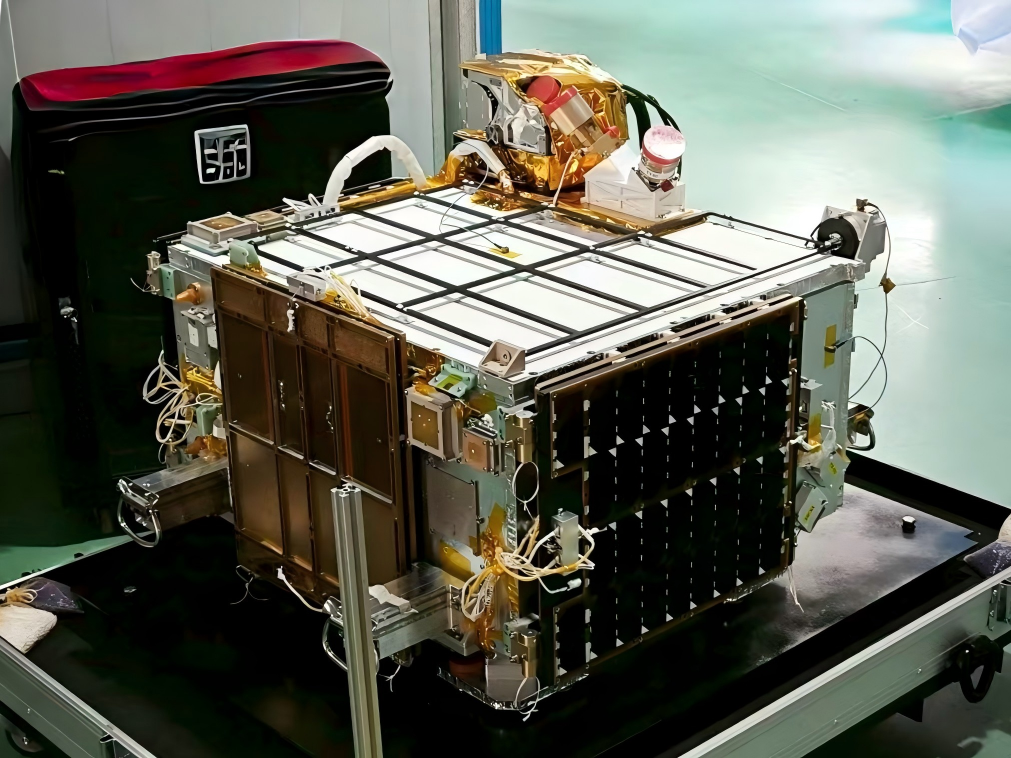Home/Satellites
BUPT-2
R&D Institution: BUPT, SpaceTY, etc.
Main tasks:
To serve as a self-developed high-performance computing core node for building an on-orbit experimental open-source platform of space-air-ground computing within the space computing constellation.
Other tasks:
1. Supporting experiments and operations such as IP calls via satellite-ground links, satellite-ground data transmission link measurement, semantic image communication, on-orbit operation of satellite-borne lightweight core networks, WASM measurement, cloud-native satellite verification, dynamic update of satellite-borne containers, robust model compression, incremental update of on-orbit classification models, inference of satellite-borne retrieval models, and single-event upset verification in low-orbit environments.
2. Supporting research and verification projects including: Peking University's evaluation of location privacy protection performance in satellite-borne cellular networks; Tsinghua University's satellite-satellite and satellite-ground data collaboration based on the IoT database IoTDB; Shandong University's verification of inter-satellite consensus algorithms; Yantai University's verification of ubiquitous sensing task allocation algorithms; ZTE's on-orbit service verification of satellite-borne core networks; and the on-orbit deployment and experiments of multispectral cameras.
Objective:
As the fifth satellite in the space computing constellation, it aims to promote the construction of on-orbit high-performance computing satellite nodes.
Contributions:
It verifies core computing power on orbit, provides a computing power foundation for building an open-source platform for space-air-ground computing, and strongly supports the development of national intelligent digital infrastructure and 6G networks.
Highlights:
Deploying self-developed high-performance servers as computing payloads on satellites has overcome key challenges such as difficult heat dissipation and management of servers in the space environment. It has significantly improved the computing power of on-orbit satellites and laid a computing foundation for satellite autonomy and the "computation instead of transmission" paradigm.
Next plan:
Promoting the construction of cloud-native ground stations and researching an independently controllable open-source satellite platform integrating software and hardware.



.png)
